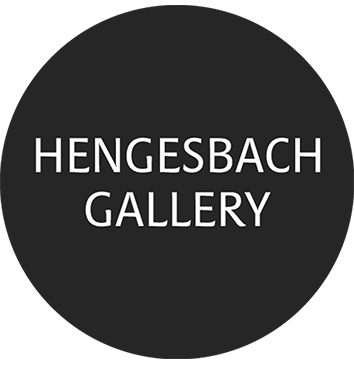Jürgen Paatz
February 9 – April 25, 2025
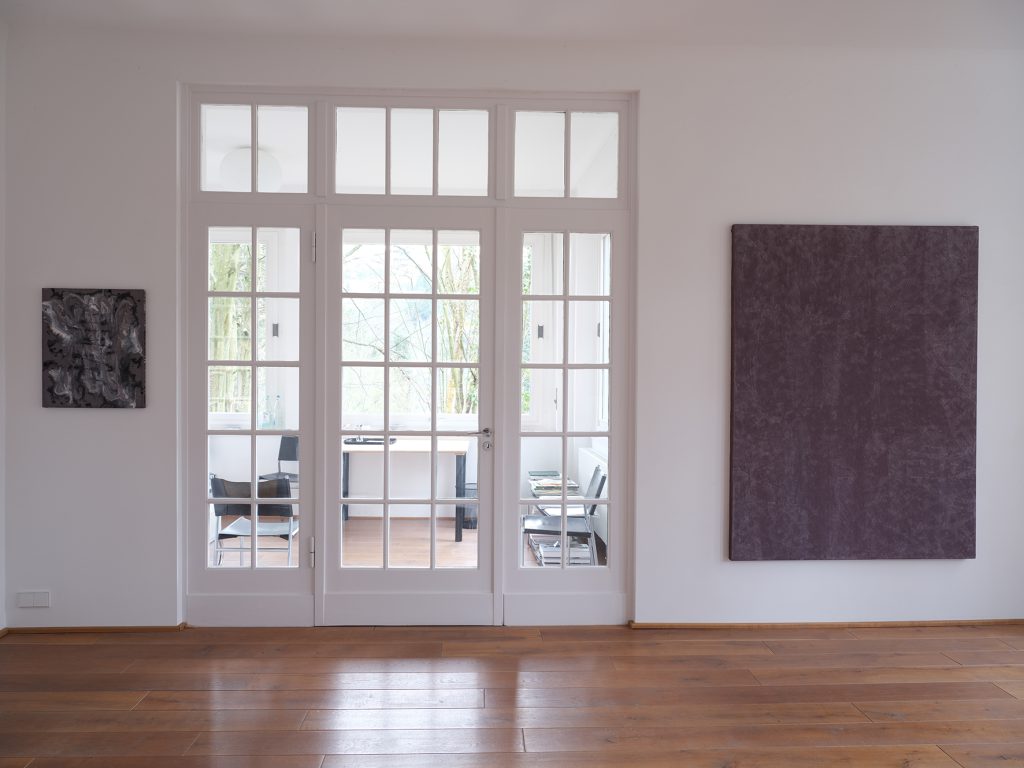
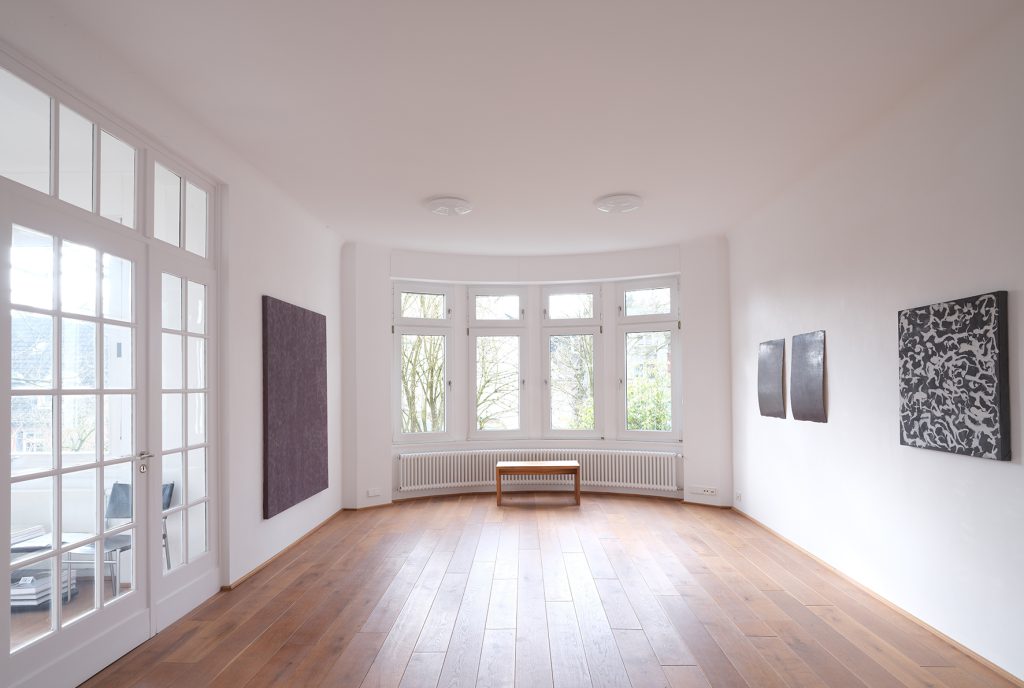
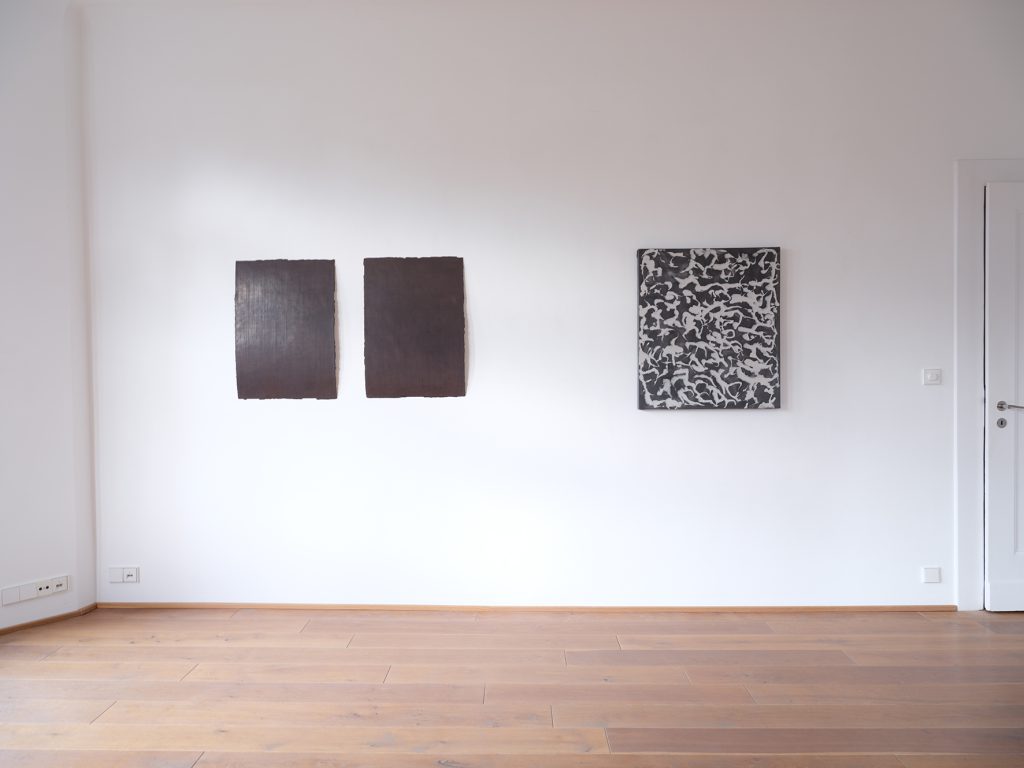
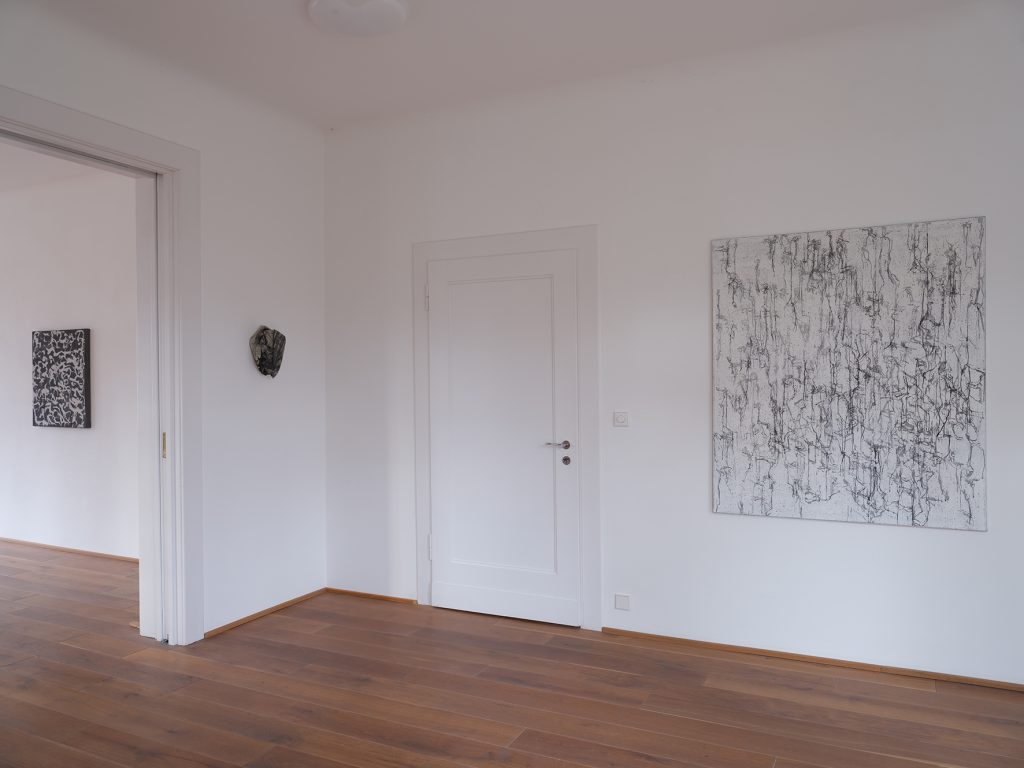
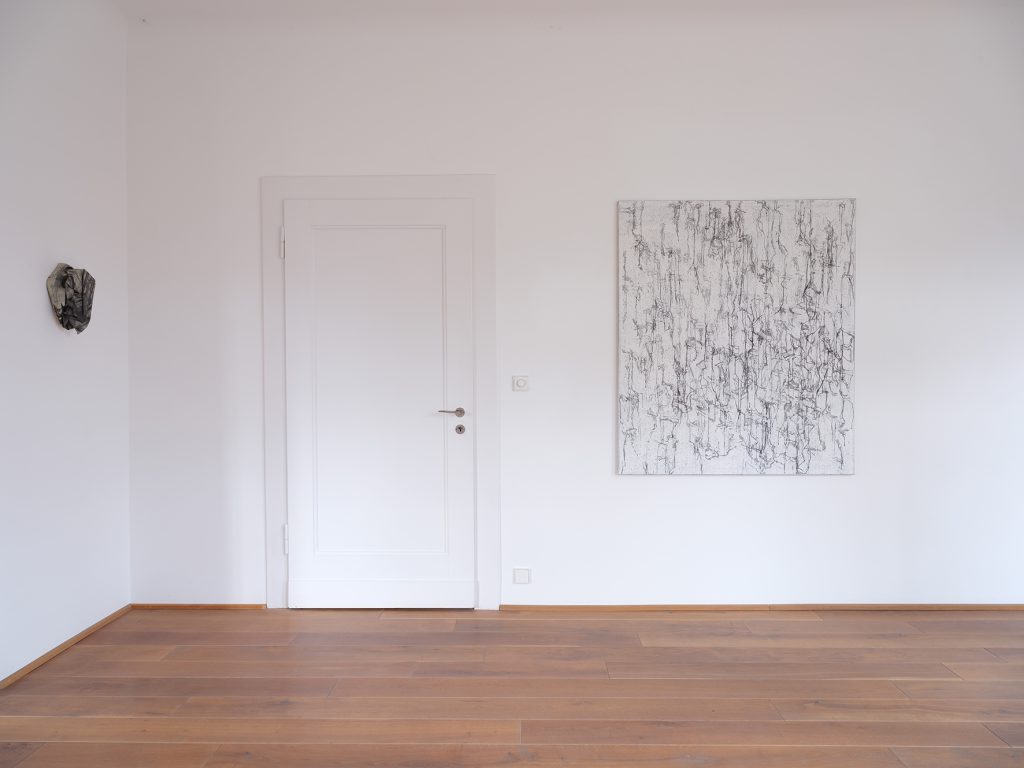
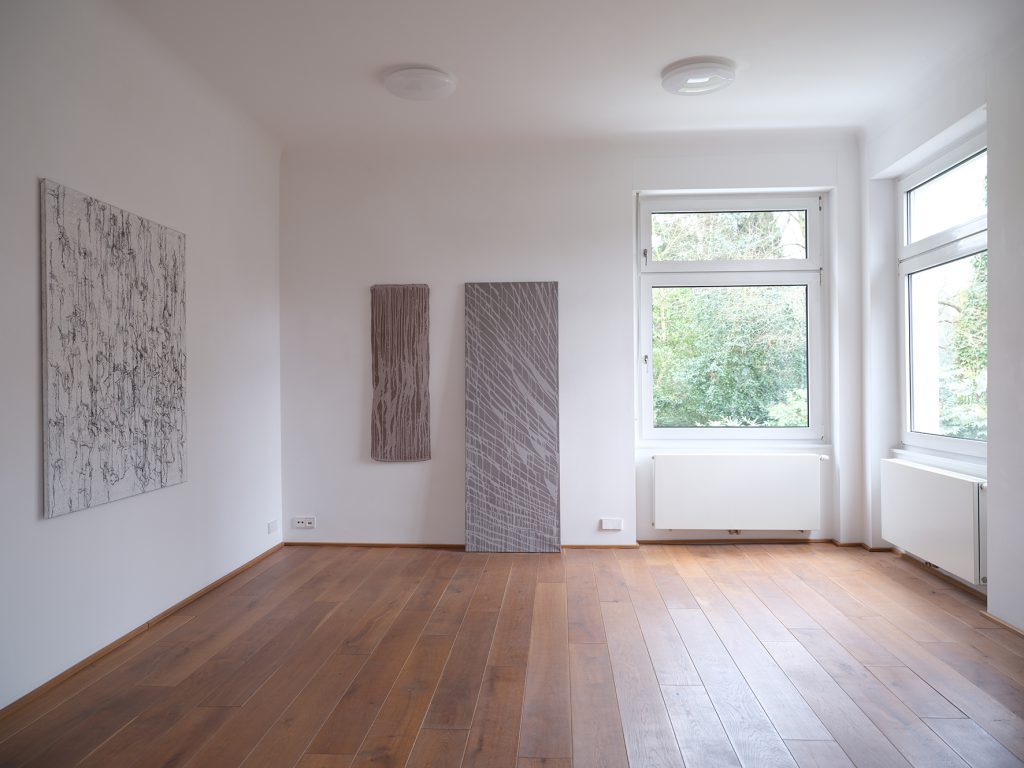
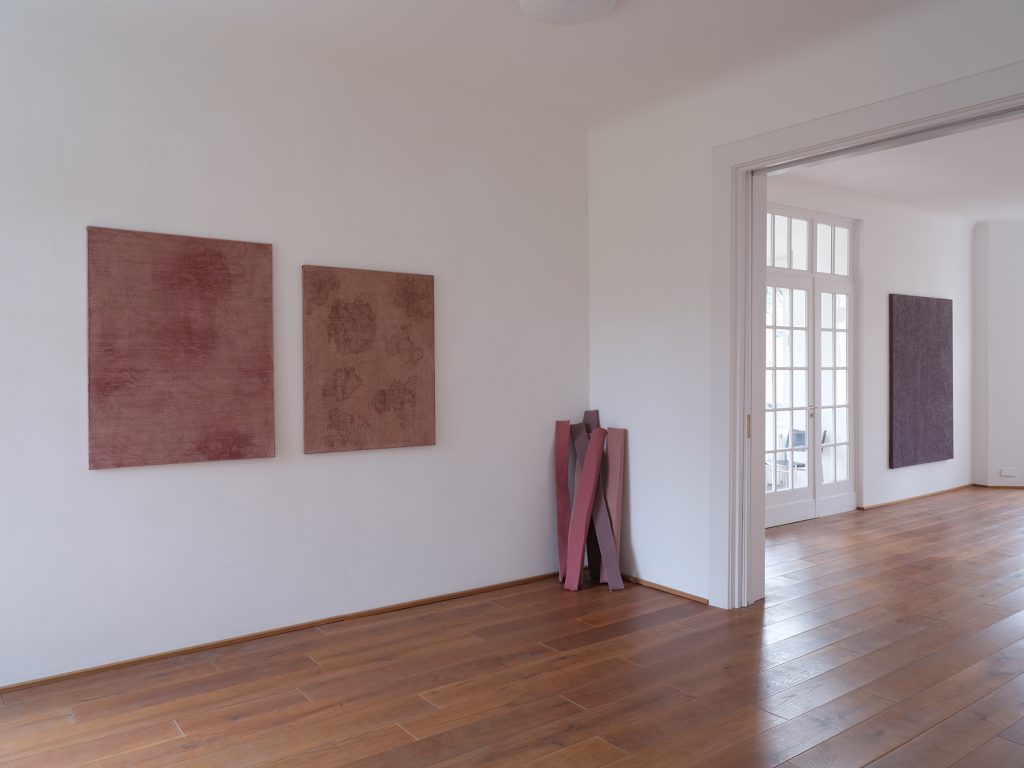
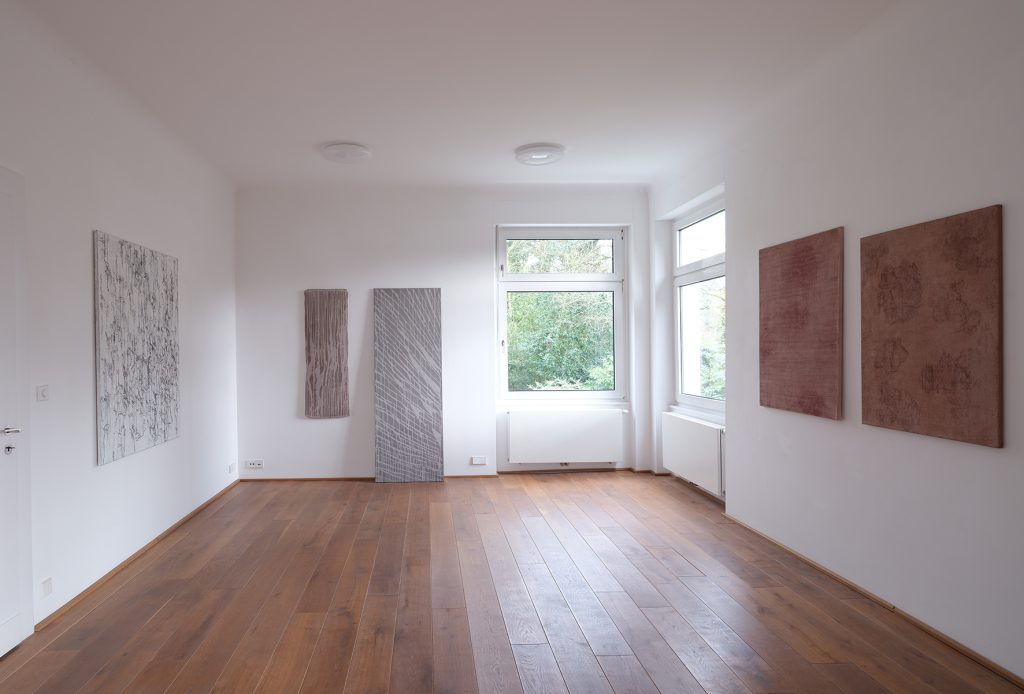
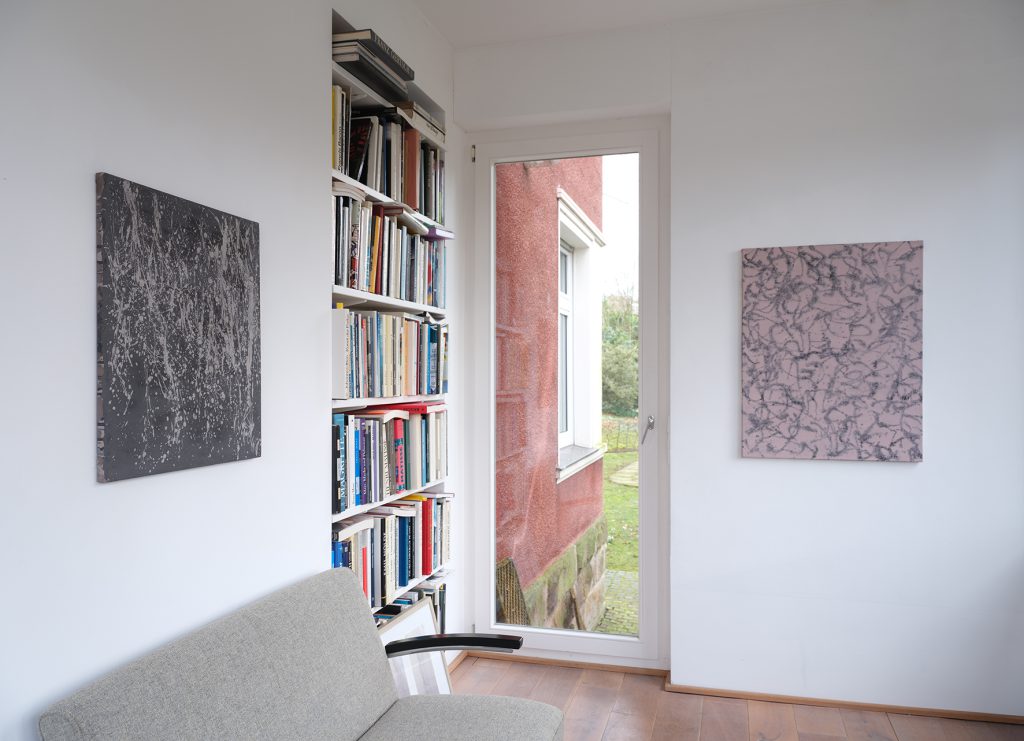
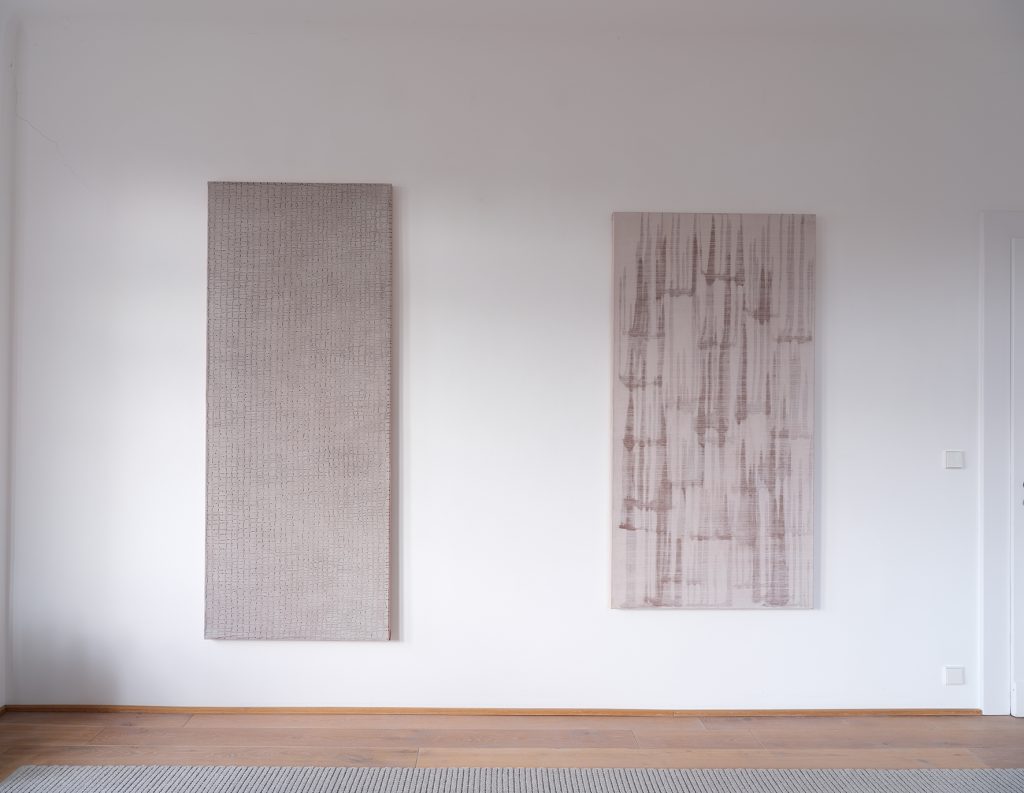
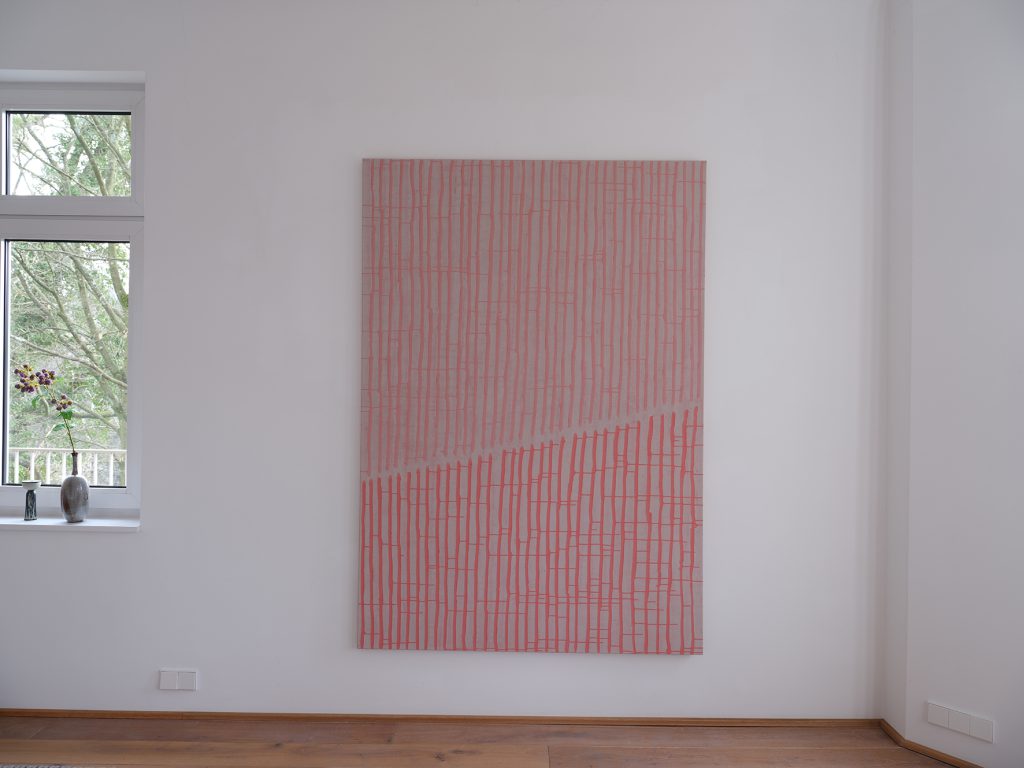
“Untitled” – what can one understand by this in painting? There is no guideline, no plan, no design that leads to something specific. This results in a fragile balance between subjective arbitrariness and a necessity felt internally by the painter, which must be translated into external coherence during the painting process. The painting begins with itself; it sets its own open beginning. This seemingly greatest freedom is, however, bound to the history of painting, which over the course of seven hundred years has developed the most diverse possibilities of painterly action in dealing with color and its application to a surface. It is also bound to our cultural eye, which continuously reviews the results, while the painter’s eye initially diverges from that of the observer. The painter’s action is motivated by a turn away from tradition and towards something new. If the designation ‘Untitled’ is taken seriously, then the latter is not yet concretized in any way. As soon as the materiality of painting is approached, it is not just the hand, but also the eye that is present, which examines, judges, criticizes, or allows. This feedback loop from the hand back to the eye is developed differently in every painter.
The eye can be restrained; it waits to see where the will leads the hand, and in extreme cases, it only comes into play at the very end. This also depends on how much a strategic will and confidence in one’s own experience or that of others as an imitative guideline dominate the whole event. But it also depends on how delicate and tender the guidelines of the hand are, for here the eye is soon challenged.
How strong remains the curiosity and the vigilance in deviating from beaten paths? Jürgen Paatz is a painter of delicacy and sustained curiosity about deviations. In his beginnings, he radically abandoned the classical, stretcher-framed picture and sought in a manner comparable to the Italian Arte Povera, to unfold the sensuality of the materially simple in painting. The ruggedness of the earthly, the elemental, he took up in a manner emphasizing the lyrical aspects and enriched it so that it occasionally transformed into something organic.
Only in his more recent works has he returned to the classic panel painting. His acting out in large gestures has contracted to the more intimate surface. On it, he lays out the diverse world of minimal deviations. Where does something stop being the same, where does the new begin? Where conceptual hard distinctions are made, the painterly can quietly cross boundaries and thereby repeatedly establish new viewpoints or axes.
He prefers not hard breaks, but soft transitions. This can already be seen in his choice of color. He uses neither oil paint nor acrylic but egg tempera and dispersion, whose appearance is softer and whose transitions into colors are more delicate. Paatz now listens more attentively to his eye than before, which meticulously accompanies each of his movements, reflects, and whispers to him: find the right impulsive attack to start the painting, seek the unexpected, leave the beaten path, let yourself be constantly surprised, maintain a continuous dialogue with yourself, focus all sensitivity on deviating developments, but do not force them, let them happen. Each brushstroke does not occur out of a pattern or from secure experience. For this, Paatz repeatedly embraces controlled chance in his painterly hand, enhancing twists and turns, akin to a virtuoso musician surrendering to new melodic lines that, however, are directionless, circulating like a meditation room. Each new direction communicates with what was previously established, maintaining the tension as a spiral until the end: entangle yourself in yourself, create your own labyrinth, and keep the confidence to eventually find a way out, not to remain trapped.
The vastness and openness of landscapes can serve as a model here. In it, something different constantly emerges and blooms. It sets the paradigm for possibilities, for their limitlessness, for the power to guide possibilities into reality. At the same time, landscape is our field of experience for space, for the many ways to lay other traces, i.e., impressions of our existence. In it, we find the action spaces where our actions can become concrete.
Paatz’s predominant color is the earthy, which can be dark but also clears up. The presence of bright colors is very subdued. Vibrancy is designed for differentiation, oriented towards the world outside. Paatz’s starting points are the ground we stand on and our bodies. The dark often turns towards the light, where it is then more akin to skin than sky (blue), light (yellow), or fire (red).
This dual aspect of swelling, emerging, and the sedimentation of life activity is addressed in the work of Jürgen Paatz. It is carried by the optimism that the paths of our self-discoveries and at the same time the perspective on them will not dry up.
Untitled – painting is its own beginning and its own end, and in this, it can become a celebration of life’s paths and their contemplation.
